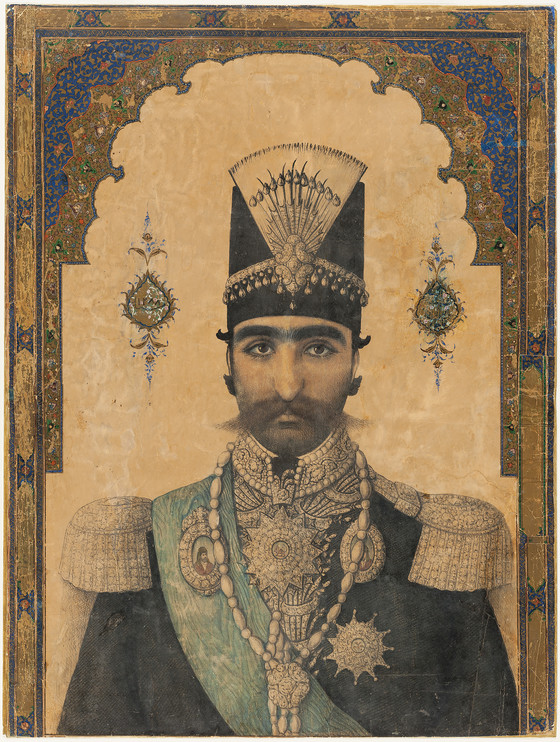Portrait of Nasir al-Din Shah (reigned 1848-1896)

Please log in to add this item to your gallery.
View comments
No comments have been posted yet.
Add a comment
Please log in to add comments.
Please log in to add tags.
* Nearly 20,000 images of artworks the museum believes to be in the public domain are available to download on this site.
Other images may be protected by copyright and other intellectual property rights.
By using any of these images you agree to LACMA's Terms of Use.
Portrait of Nasir al-Din Shah (reigned 1848-1896)
Iran, 1288 AH/ 1871-2
Paintings
Ink, opaque watercolor and gold on paper
24 x 16 in. (60.96 x 40.64 cm)
Purchased with funds provided by the Nasli M. Heeramaneck Collection, gift of Joan Palevsky (AC1992.211.1)
Not currently on public view


